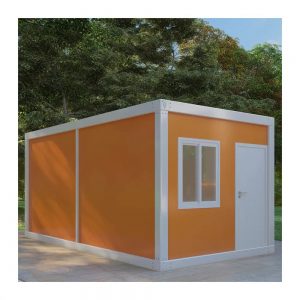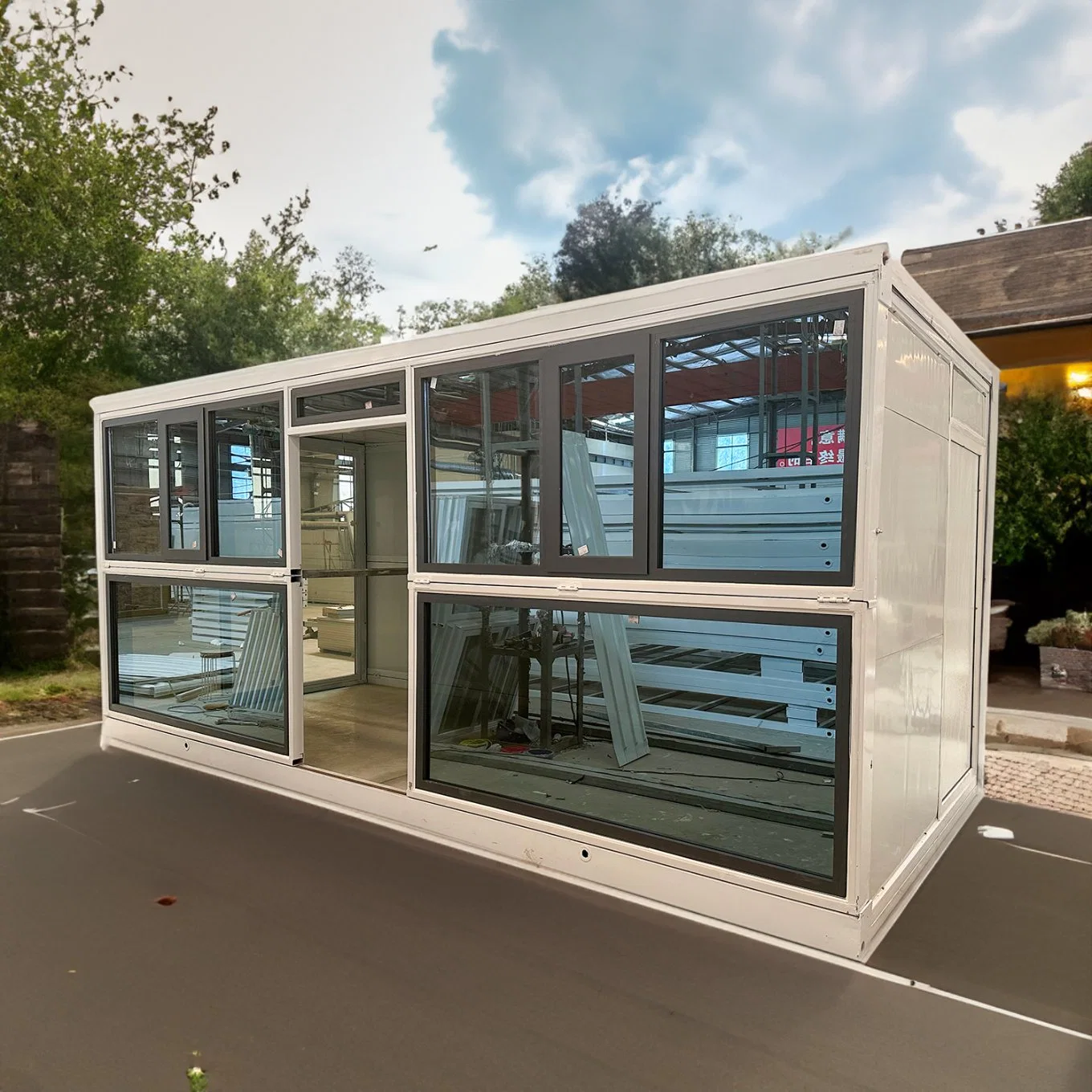You have come to the right place to know the many reasons for the growth of prefab house sustainable stories that enable green living, quick building, and other benefits. From the legendary Solomon temple built with a prefabricated structure over 3,000 years ago, evidence from the Bible, to the modern Marriott hotel, it is becoming popular worldwide. Reports suggest that the global prefabricated market value is to double from 149.52 to 288.68 billion dollars from 2022 to 2032 at a CAGR of 6.8%. It is because of modern prefab homes not only short construction schedules, safer working conditions and improved quality control. Prefab houses also reduce waste and energy consumption for a safer environment because of having standardized designs with accurate measurements. Also, prefab house plans and production in factories rather than on sites enable effective recycling and management of construction wastes.
In this blog, check out the many reasons for the growth of prefab homes in California's sustainable story with their quick building, green living, and other benefits.
What are prefab homes in California?
Traditional homes made of brick and mortar take a long to build and cost money to make your dream home a reality. There is rising demand for homes because of global urbanization and easier access to funds from banks and other financial agencies. And especially in California, which is the most populist state in the US, with over 38.9 million people. From kits being used as homes by Californian prospectors in 1908 during the Gold Rush in the US, there has been a continuous rise in the use of prefab houses. It is because of the prefab house plans made by experienced designers and built in a factory pieced and fixed on the site to have sustainable housing with many benefits.
How are modern prefab homes quick to build green living?
Prefab Homes California evolved from kits to sophisticated with all modern amenities and facilities to become a favourite choice for not only Californians but people worldwide. It is because of their quick build and providing a green living to do your small part to save Mother Earth. It is because of only 2% of waste production compared to traditional homes, as using 3D and other advanced technology to design and construct the many parts off-site to erect on-site has many benefits. One of the significant benefits is quick as prefab homes take only a few days or weeks compared to the over seven months to build a traditional home, as per the report of the US Census Bureau. As far as green living, a report by the Building Safety Journal confirms that prefab homes are not only cost-effective and less time-consuming but also better for the environment. It is because of minimizing material waste because of mass production of the many home parts in off-site factories and to cause less disruption on-site.
Seven secret reasons that help the growth of prefabricated house sustainability story
A 2021 study in Pakistan of new modular or prefab houses generated only half of the greenhouse gasses as that of standard or traditionally built homes. Also, an Arizona State University study confirms that prefab tiny homes consume less energy to build than site-built homes. With growing concerns about climate change that is creating havoc worldwide in the forms of floods, hurricanes, earthquakes, etc., the need to reduce greenhouse gases and other harmful effects to Mother Earth is on the rise. Hence, the need for sustainable house building with reduced waste, use of electrical energy, transportation of materials, and others is increasing worldwide. The following are the ten best ways to quickly build a green living prefabricated house sustainability story worldwide esp, especially in California.
- Reduces water consumption as prefab tiny houses and other modern modular homes have advanced plumbing systems with excellent water-saving fixtures to promote efficient resource management
- Lowers emissions as building prefab homes in California involved less on-site activities like transporting raw materials to help a greener future for the next generations
- Minimizes ecological impact as only renewable materials to build prefab tiny houses for easy recycling to ensure their responsible sourcing
- Increases energy efficiency as the CAD, 2D, 3D and others for efficient designing to reduce energy use and carbon footprint
- Minimizes waste as most of the construction work of prefabricated tiny homes gets done in off-site, closed, and well-controlled factories to have less environmental impact
- Reduces use of excess material or energy because of mass production of prefab home parts by reputed companies
- Increases indoor environmental health benefits by reducing many outdoor hazards like dust, dirt, air pollutants, etc
The above facts and reasons for the growth of the prefabricated home sustainable story convince you to buy and use a prefab home California to have all its benefits, including its quick build, green living and others.




